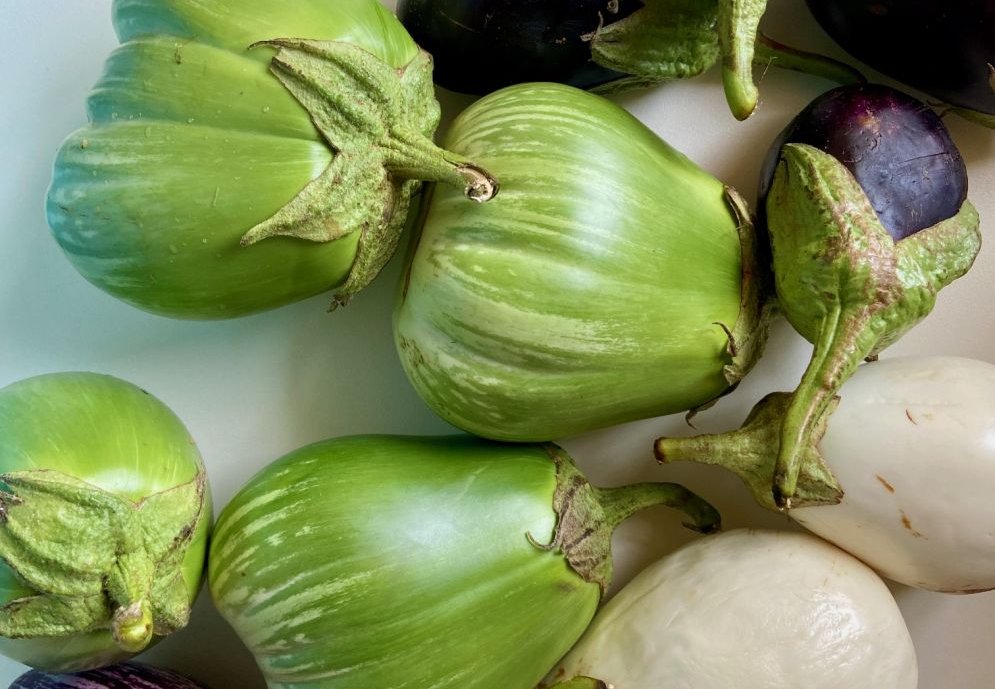

Why should we save food?
Project summary
Food waste initiatives and how to implement them.
Learning outcome
The pupils…
- understand the problem of food waste
- are able to explain the connection between food production and resource requirements
- understand food waste as an example of the connection between consumer behaviour and unsustainable developments
- reflect on their own consumer behaviour
- develop ideas for more sustainable consumption
- research and evaluate initiatives for sustainable consumption
- consider the advantages and disadvantages of food quality regulations (e.g. best before date) and quality classes
Time required
4-6 teaching units
Tools or equipment
- Food that is still edible but is often thrown away (e.g. past its best-before date, mis-shapen fruit and vegetables)
- Posters
- Pens
- Computer or other internet access
- Information material about initiatives that endeavour to reduce food waste
Activity description
Facts about food waste
Read the information text Food waste - facts and figures and visualise the key relationships.
The problem of food waste has been recognised for some time. This is why there are numerous initiatives today that are committed to better utilisation of food. Work together in small groups and find out about one of the following initiatives on the Internet:
- Foodsharing
- Food Banks
- TooGoodToGo
- The Good Food
- Food Fighters
Summarise key information about the initiatives. Describe in a few sentences what the initiative does. Also answer the following questions:
- Who are the people or organisations targeted by the initiative?
- How do these individuals or organisations typically contribute to food waste?
- How does the initiative reduce the amount of food waste?
- Could the initiative be transferred to other food waste actors (persons/organisations)? What other areas of application can you think of? Explain your assessment.
Optional:
Now it's up to you! Find out whether one of the initiatives is also active here and use it to save food. Alternatively, you can ask a grocery shop (supermarket, bakery, restaurant, snack bar) what happens to the food that is not sold. Document your experiences.
Closure
Present the results of your group work and share your experiences with the class.
Write down on the board what different people or organisations can do specifically to reduce food waste.
Evaluate the different approaches in plenary. Think about the following aspects, for example:
- Which approaches can be particularly effective?
- Which approaches are particularly easy to implement?
- Which approaches have obstacles, and what are they?
- What could help to reduce the obstacles?
Now vote on which approaches you find particularly suitable for everyday use. Record these approaches on a poster.
Tips how to implement the topic to school curriculum
Introduction
The teacher presents the pupils with various foods that are only edible but are still often thrown away (e.g. dairy products that are past their best-before date, fruit and vegetables with blemishes).
The pupils are asked to discuss which foods they would still eat. A rubbish bin and a saucepan can be drawn on the board and the food written in them. The reasons for the categorisation can be collected around these, similar to a mind map.
The teacher informs them that the food they have brought with them is all still edible and that enormous quantities of such food mistakenly end up as waste. Key aspects of the problem and data on the scale of the problem are mentioned. The working materials are then handed out to the pupils.
Alternative:
The class goes on a tour of the school and tries to find discarded food (e.g. near benches, in rubbish bins, in the canteen). Afterwards, as described above, they discuss which of the food waste they found would still have been suitable for consumption.
Expansion options:
- Pupils create flyers with tips on how to avoid food waste and distribute them at school. The website also provides teaching materials.
- Pupils enquire at local retailers about leftover food. They develop strategies to utilise this food and implement the ideas.
- Pupils develop business ideas with the aim of saving food or utilising it sensibly.
- Pupils create infographics based on various information materials and data. The ‘European Environment Agency’ and the ‘FAO’ can serve as sources.
- The FoodWasteTracker from the FoodLabHome project can be used to determine the climatic impact of food waste.
